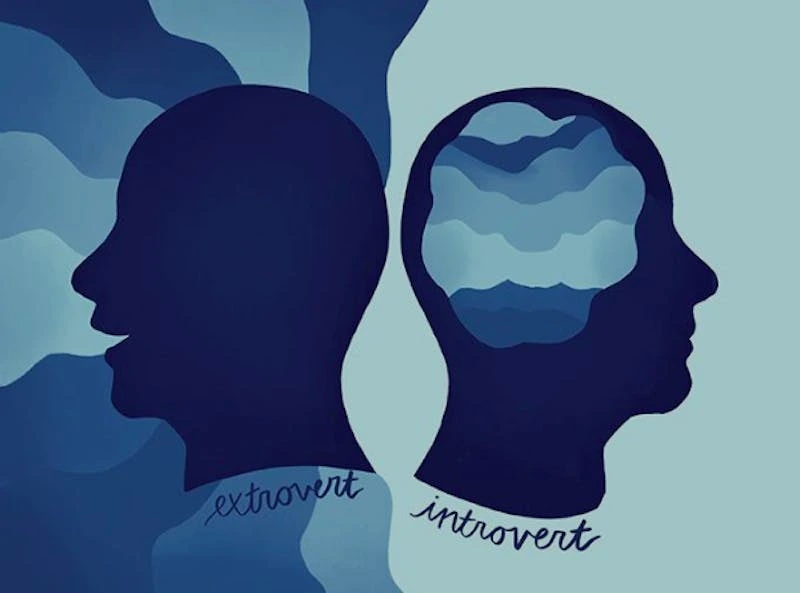When we think of personality, the terms introvert and extrovert often come to mind. But too often, misconceptions cloud our understanding of these traits. The truth is far more nuanced than the simplistic labels of “homebody” for introverts and “social butterfly” for extroverts.
Understanding the Core Difference
The fundamental difference between introverts and extroverts lies in how they recharge their energy. Introverts tend to regain their energy in solitude. They find peace and rejuvenation in quiet environments and self-reflection. On the other hand, extroverts thrive on social interactions; they draw energy from engaging with others and dynamic environments.
It’s crucial to understand that these preferences do not dictate the entirety of one’s personality. Introverts are not inherently unsociable, nor are extroverts always outgoing. Both personality types are capable of enjoying social situations and quiet moments alike. The key difference is their preferred source of energy: solitude versus social engagement.
The Spectrum of Personality: Introducing Ambiverts
Beyond the binary labels, there exists a middle ground known as ambiverts. Ambiverts exhibit qualities of both introversion and extroversion. They might feel equally comfortable in a bustling social setting as they do enjoying a quiet evening alone. This spectrum illustrates that personality isn’t strictly black and white—it often features various shades of gray. For instance, someone might lean 70% towards introversion and 30% towards extroversion, highlighting the unique blend of traits each individual possesses.
Why Dispelling Misconceptions Matters
Letting go of misconceptions is key to fostering better self-understanding and relationships. Recognizing that someone may need solitude to recharge, while another might thrive on social interaction, encourages empathy and respect for personal boundaries. It allows us to tailor our interactions and create environments where everyone can flourish according to their needs.
Practical Implications in Everyday Life
Understanding these nuances can significantly impact how we navigate our social and professional lives:
- Respecting Boundaries: Recognizing that not everyone recharges in the same way helps us avoid taking offense if someone needs space or chooses to engage in solitude.
- Effective Communication: By understanding personality differences, we can communicate more effectively, ensuring that interactions are mutually respectful and beneficial.
- Tailored Environments: Whether at work or in personal spaces, creating environments that accommodate both introverted and extroverted needs can lead to increased productivity and satisfaction.
Conclusion
In the end, understanding the dynamics of introversion, extroversion, and ambiversion allows us to appreciate the diverse ways people recharge and interact. Dispelling the myths of “homebody” versus “social butterfly” opens the door to a more inclusive and empathetic view of personality. When we acknowledge that each person is a unique blend of traits, we are better equipped to interact thoughtfully and respectfully, ensuring that everyone can thrive in the way that suits them best.

Leave a Reply
You must be logged in to post a comment.